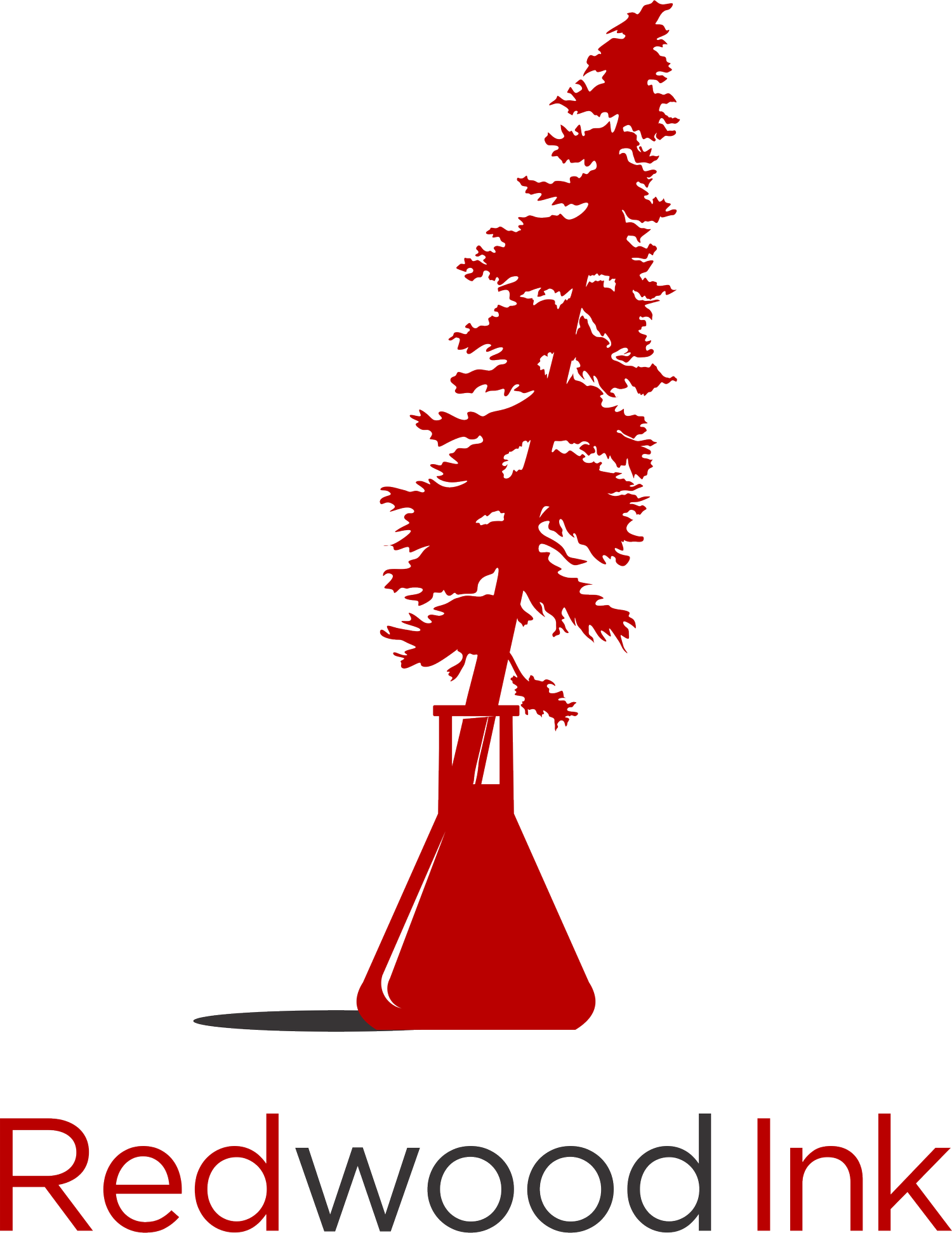How to Choose the Best Keywords for Your Research Manuscript
More than 7 million new academic papers are published each year (1). To track these papers, academic journals, search engines, and other indexing services classify papers with keywords. These keywords also make papers more easily searchable in search engines, such as PubMed and Google Scholar.
In a search engine, the quality of the search results is directly related to the quality of the keywords that you choose. Much like doing a Google search, quality keywords lead to quality search results.
Yet, some authors will quickly add keywords to their manuscript without careful thought. With this approach, they risk their article being lost in the archives. And lost articles are not read or cited, limiting their impact.
To help people find your articles—and to make the greatest impact—you need to choose quality keywords for your papers. Here are 6 tips for choosing the best keywords for your research manuscript.
1. Check the author instructions
To choose quality keywords, start by reviewing the author instructions for the journal where you will submit your manuscript. These instructions will describe the number of allowed (or required) keywords, which is often 3 to 5 keywords but can be up to 10. These instructions will also state whether the keywords must be selected from a predetermined list.
2. Choose words and phrases
Keywords can be single words or short phrases. Short phrases may be more beneficial because they often lead to fewer false matches. For example, “liver disease” will yield fewer—and more specific—results than “liver.” And “chronic liver failure” or “end stage liver failure” will yield even more specific results than “liver disease.”
3. Use optimized keywords
You can maximize the potential for others to find your manuscript by using optimized terms. For example, if you work in the biomedical and health-related fields, use terms found in the Medical Subject Headings (MeSH) thesaurus. The MeSH thesaurus includes terms appearing in PubMed and other NLM databases.
If you work in other fields, Google Scholar can be a great resource for choosing keywords. Google Scholar is a freely accessible search engine that indexes scholarly literature across an array of disciplines. You can search Google Scholar with potential keywords to see what articles are retrieved and if they are a good match for your manuscript. Other possible resources include ResearchGate, Web of Science, Scopus, and ScienceDirect.
4. Be specific
Choose specific keywords for your manuscript. You want your keywords to indicate the general subject matter but not to be so vague or broad and you risk your paper being lost in a sea of search results. For example, if you are studying the tau protein, use the specific keyword “tau protein” instead of “protein.” And be sure to use the officially recognized form of the keyword. For example, the MeSH thesaurus uses “healthcare” (1 word) even though the AMA Manual of Style prefers “health care” (2 words).
5. Include your methodology
You may want to include the name of the main methodology you used in your research. For example, researchers may search by experimental techniques (eg, mass spectrometry, x-ray crystallography) or clinical trial types (eg, randomized controlled trial, prospective cohort study). However, you might omit common techniques, such as “SDS-PAGE” and “PCR,” as these terms may be too general to add value as a keyword.
6. Consider new terms
You want to avoid making up your own keywords, with a few possible exceptions. One exception would be when you create a new technique or discover a new gene. In these cases, you might use the name of the technique or gene as a keyword. Then, in the future, when the technique or gene is more well-known, others can easily find your paper by searching for the new keyword.
